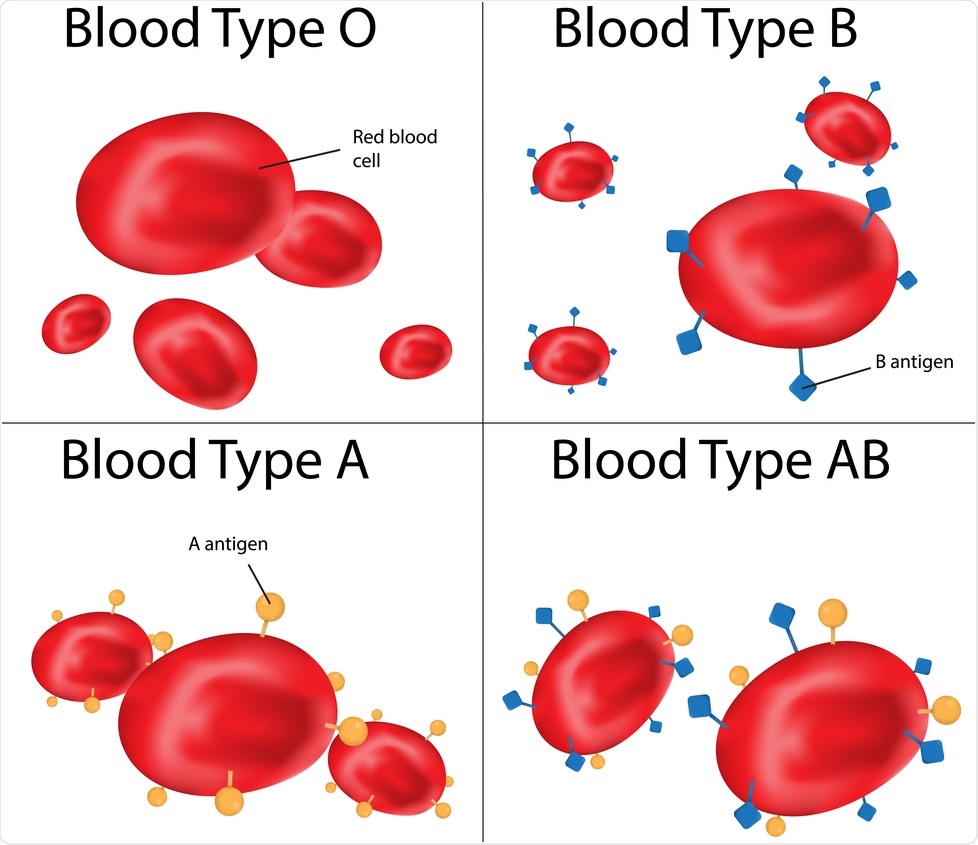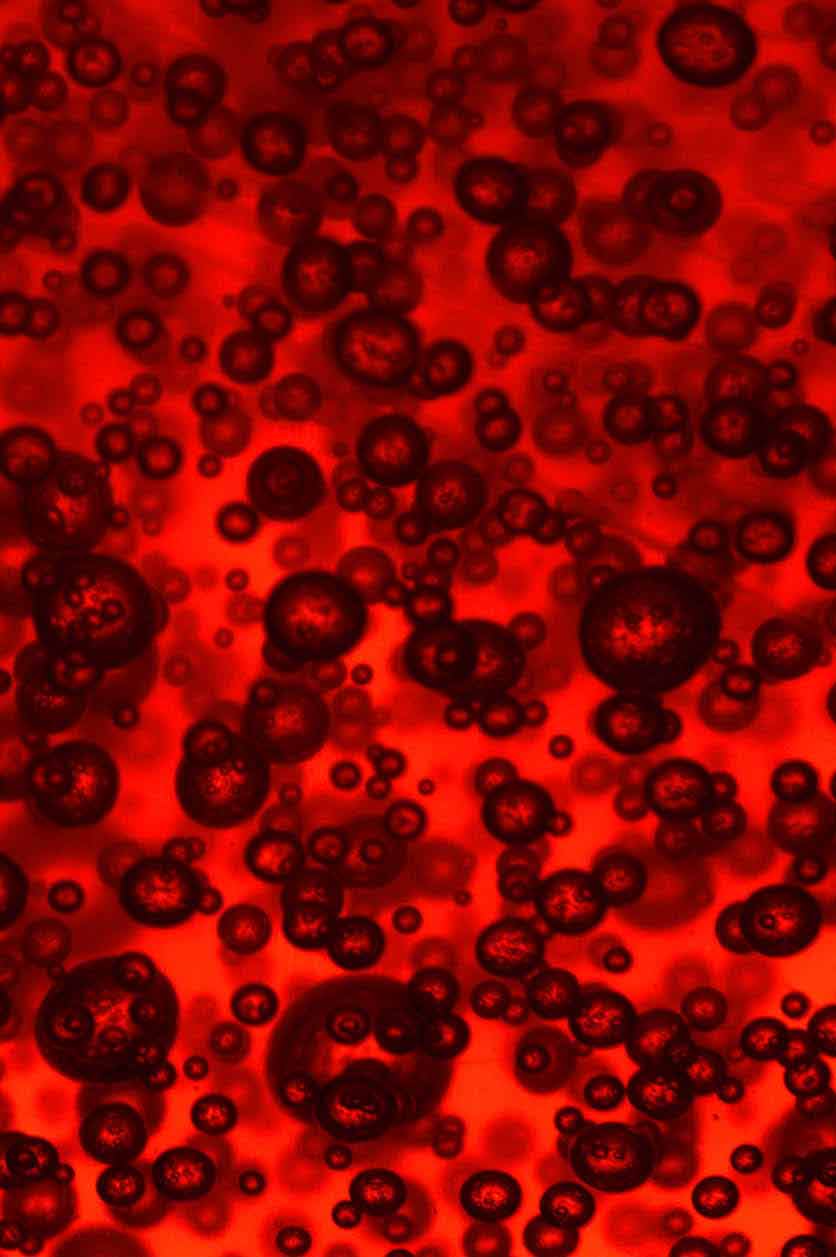
Neonatal isoerythrolysis is reported in type A or AB kittens born from type B queens with strong natural anti-A antibodies. In kittens, neonatal isoerythrolysis happens when antibodies of maternal origin, acquired from the colostrum, react with the erythrocytes antigens. Type B donors may also be required, based on the breed and the geographic location of the recipient. Since most cats are Type A, access to blood from a Type A donor should be readily available if blood transfusion is needed. Therefore, Type AB cats may receive either type AB or type A blood.

Type AB cats do not have anti-A and anti-B antibodies. Type A cats transfused with type B blood may suffer a mild transfusion reaction, the transfused RBC life span could also be considerably shortened. Type B cats should never receive Type A or Type AB blood since this can lead to severe and even fatal transfusion reaction. Type A cats should receive blood from type A cats and type B cats should receive blood from type B cats. All cats must be blood typed and/ or crossmatched before any transfusion. Type A cats have weak anti-B antibodies which are weak hemagglutinins and hemolysins against type B red blood cells.

Type B cats have strong anti-A antibodies which are strong hemagglutinins and hemolysins against type A red blood cells. To prevent and anticipate blood transfusion reactions due to blood type incompatibilities: Unlike dogs, cats have natural antibodies against red blood cell antigens they do not possess. There are also breeds in which type B cats have not been reported: Siamese, Burmese, American Shorthairs, Oriental Shorthair, Russian Blue, and Tonkinese. Australia, France and Turkey have been reported to have the highest incidence of type B cats. Persians, Himalayans, Abyssinians, Exotic and British Shorthairs, Cornish and Devon Rex) and in some geographical areas. For example, type B are found in a few breeds (e.g. The frequency of type B cats varies according to the breeds and the geographical location. Ideally, transfused blood should be DEA 1- but a DEA 1+ dog may receive DEA 1+ or DEA 1- blood while DEA 1– dog should never receive DEA1+ blood.īlood types in cats include A, B, and AB. Blood typing is recommended for blood donors and for dogs in need of a blood transfusion. If a DEA 1- dog previously exposed to DEA+ blood receives DEA 1+ blood, a severe hemolytic reaction could occur in less than an hour. However, antibodies can develop and result in a delayed transfusion reaction in less than a week following the first mismatched transfusion. To prevent and anticipate transfusion reactions due to blood type incompatibilities:īecause there is no known natural anti-DEA 1 antibody in dogs, the first transfusion may not result in an immediate reaction. The canine red blood cells are either positive or negative for a specific blood type (e.g.DEA 4+ or DEA 4-).

The more clinically relevant canine blood type is DEA 1.1 since it’s associated with the strongest antigenic response and the more severe blood transfusion reaction. More than a dozen different canine blood types have been described, and the major blood types are DEA1.1, 1.2, 3, 4, 5, and 7. In dogs, the main blood types are parts of a specific system designated by the letters DEA for Dog Erythrocyte Antigen, followed by a number. Later in life, if a donor is subsequently exposed to the same antigens, an acute hemolytic transfusion reaction may ensue. An acute reaction occurs in the presence of pre-existing antibodies against erythrocytes, while delayed reactions may occur 4 to 6 days later, after the production of antibodies against red blood cells antigens. The blood transfusion reactions are classified as non-immunological or immunological, and categorized as acute or delayed. Knowing the blood type of a patient is important, especially during blood transfusion where antigen-antibody reactions may occur due to variation of blood type antigens between the recipient and the donor.ĭuring a blood transfusion, the red blood cell antigens of the recipient may react with plasma antibodies from the donor. Blood typing determines the blood type of an animal using antibodies that recognize major antigens on the cell surface.

They are genetically determined and species specific. Red blood cell antigens are structures located on the red blood cell surface.


 0 kommentar(er)
0 kommentar(er)
